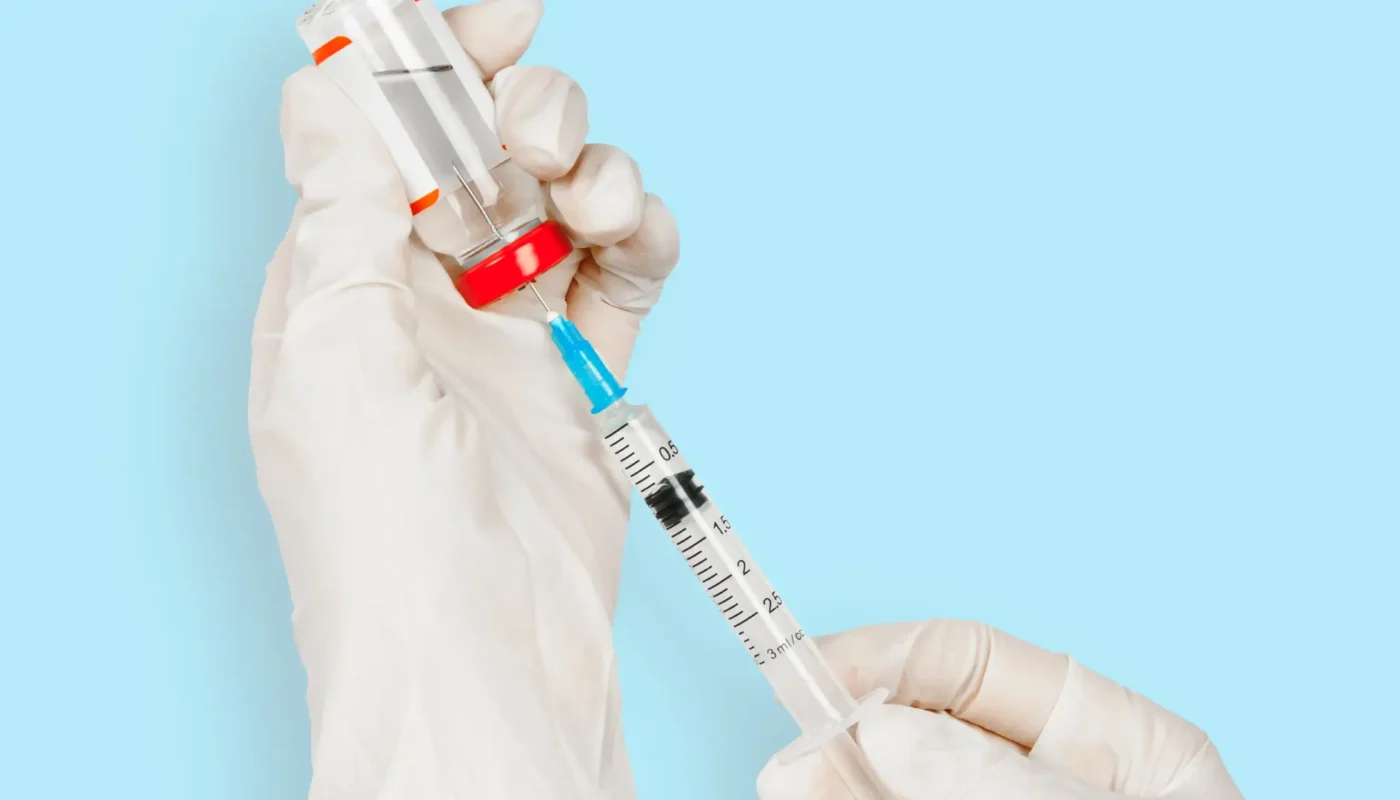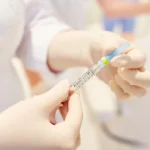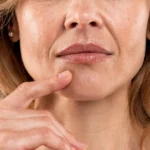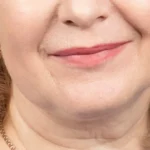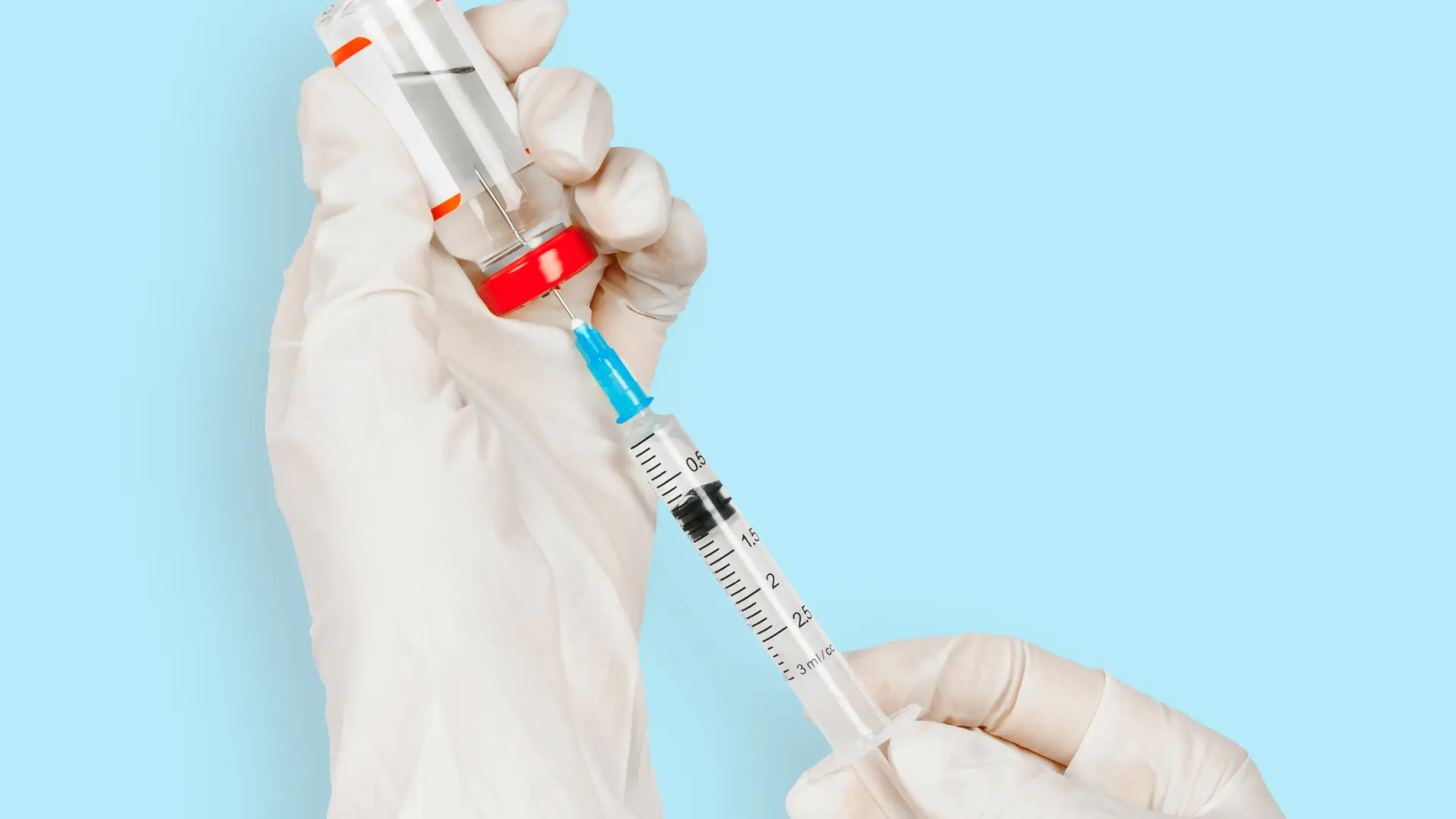
According to the American Society of Plastic Surgeons, soft tissue or hyaluronic acid fillers secured second among the most popular cosmetic minimally invasive procedures in 2022. This data underscores the growing preference for these injections among individuals seeking aesthetic enhancements through non-surgical interventions.
Hyaluronic acid (HA) fillers have gained recognition for their distinctive skin-enhancing properties. They are known for maintaining skin hydration, volumizing facial areas, defining facial features, and delivering immediate results. Notably, the Restylane and Juvederm collections of injectable HA fillers serve as effective non-surgical solutions to address individuals’ skin concerns and offer longer-lasting results.
This article will explore the differences between Restylane or Juvederm and their collection of HA fillers, their mechanisms of action, formulation, indications, and longevity of effects.
Key Takeaways
- While these injectables exhibit temporary results, Restylane and Juvederm can offer longer-lasting outcomes and immediate improvements after the procedure.
- Medical professionals can explain these hyaluronic acid (HA) formulations so patients can choose the one that best fits their aesthetic goals and overall health.
- Restylane and Juvederm provide aesthetic enhancements lasting several months to over a year.
- It’s worth noting that Restylane and Juvederm injectables almost share the same pros when administered by healthcare providers.
About: Medica Depot is your trusted all-in-one supplier, offering a range of high-quality medical injectables and supplies. Buy Restylane online at Medica Depot today! Whether for health professionals, plastic surgeons, dermatologists, licensed estheticians, or other specialists, we can offer genuine, brand-name products you may need. With Medica Depot, we prioritize serving you better to improve the patient’s quality of life.
Introduction to Restylane and Juvederm
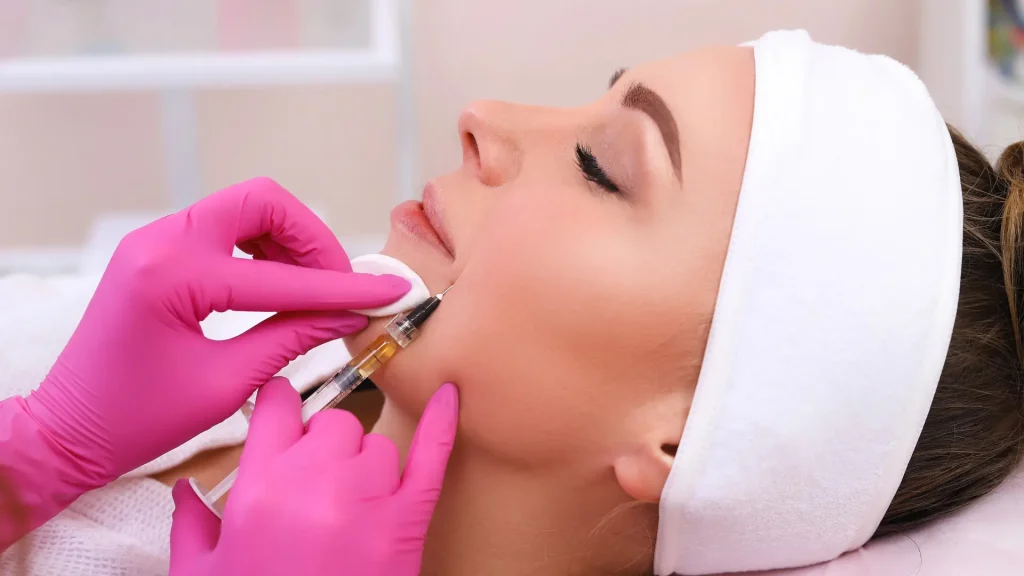
Restylane and Juvederm are US Food and Drug Administration-approved dermal fillers that can treat signs of aging, such as wrinkles and fine lines. These brands capitalize on the potency of hyaluronic acid (HA), a substance naturally found in the skin.
Restylane offers a collection of HA dermal fillers, each with specific indications for each treatment area. It can effectively smooth out facial folds, wrinkles, and fine lines, restore volume loss, and define facial features using its nine HA fillers.
On the other hand, Juvederm, a manufacturer, also provides a wide range of HA-based dermal fillers to restore facial regions, enhance facial contours, and improve the signs of aging in the facial area.
HA fillers are crucial in aesthetic medicine, making them an ideal choice for individuals’ aesthetic treatments. While these injectables exhibit temporary results, Restylane and Juvederm can offer longer-lasting outcomes and immediate improvements after the procedure.
Formulation and Composition
Patients should know the formulation and composition of these injectables to understand the precautions and contraindications. Medical professionals can explain these hyaluronic acid (HA) formulations so patients can choose the one that best fits their aesthetic goals and overall health.
Restylane uses a clear gel HA formulation with its two patented technologies: non-animal stabilized hyaluronic acid (NASHA) and XpresHAn. Depending on which technology is used, the injectables differ in particle size. NASHA delivers a firm gel texture engineered for precision and structure. Meanwhile, XpresHAn presents a soft gel texture designed for movement and expression.
- NASHA Technology: Restylane-L, Restylane Lyft, Restylane Silk, and Restylane Eyelight.
- XpresHAn Technology: Restylane Contour, Restylane Kysse, Restylane Defyne and Restylane Refyne
Juvederm injectable fillers use a modified form of HA to temporarily restore volume loss in some regions of the face. Interestingly, Juvederm also utilizes a unique Vycross Technology, which crosslinks the HA molecules in these Juvederm fillers. These injectables result in a specialized, smooth gel filler for the enhancements.
While specific information about particle size, viscosity, and spreadability, it’s worth noting that these are crucial factors for the injections. Particle size and crosslinking technology affect the viscosity and spreadability, which impacts Restylane and Juvederm’s performance, outcome, efficacy, and longevity.
Treatment Indications
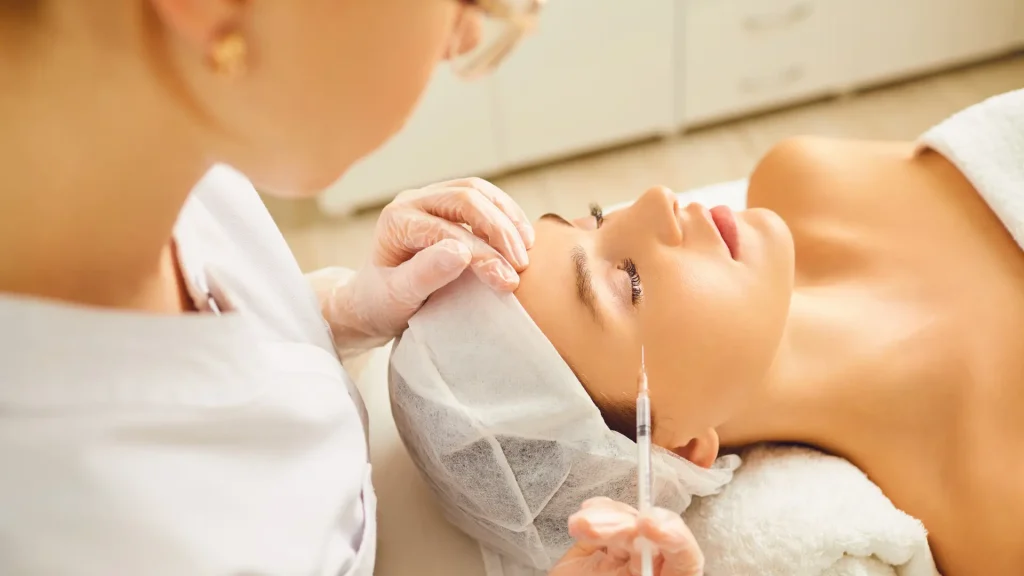
Restylane and Juvederm have different formulations tailored for specific areas, such as lips, cheeks, and nasolabial folds. The choice depends on the medical professional’s recommendation, the patient’s desired outcome, and the area treated.
Restylane offers nine injectables for facial enhancements to individuals aged 21 and above. These specific indications deliver optimal outcomes when administered by licensed and experienced medical professionals.
- Restylane and Restylane-L: Correct moderate to severe facial wrinkles and folds.
- Lyft with Lidocaine: Correction of moderate to severe facial wrinkles and folds, cheek augmentation, age-related midface contour, and correct volume loss to the dorsal hand
- Silk: Lip augmentation and correction of perioral wrinkles
- Kysse: Lip augmentation and correction of upper perioral wrinkles
- Refyne: Correction of moderate to severe facial wrinkles and folds, such as nasolabial folds
- Defyne: Correction of moderate to severe deep facial wrinkles and folds and augmentation of the chin region to improve the chin profile in patients with mild to moderate chin retrusion.
- Contour: Cheek augmentation and correction of midface contour deficiencies.
- Eyelight: Improvement of infraorbital hollowing.
Meanwhile, Juvederm also boasts its hyaluronic acid (HA) dermal fillers, which have proven effective in addressing individuals’ skin concerns. Whether for enhancing contours, adding volume, or smoothing aging signs, Juvederm has a specific product for use.
- Volux XC: Moderate to severe loss of jawline definition
- Voluma XC: Correct age-related volume loss in the cheek area and augmentation of the chin region
- Vollure XC and Ultra Plus XC: Correction of moderate to severe facial wrinkles and folds, such as nasolabial folds
- Ultra XC: Correction of facial wrinkles and folds and injection into the lips and perioral area for lip augmentation
- Volbella XC: Lip augmentation and correction of perioral lines and injection into the undereye hollows
Longevity and Durability
Restylane and Juvederm are renowned for their durability. They provide aesthetic enhancements that can last several months to over a year. However, patients must understand that the longevity of these fillers can be influenced by factors such as the treatment area, the amount injected, and the speed at which the patient’s body metabolizes the filler material.
- Duration of Results with Restylane: Each of the Restylane injectables has a different expected duration of results, ranging from six (6) to 18 months.
- Duration of Results with Juvederm: According to Juvederm’s FAQs, results may generally last one (1) year to two (2) years with optimal treatment.
Patient Outcomes and Satisfaction

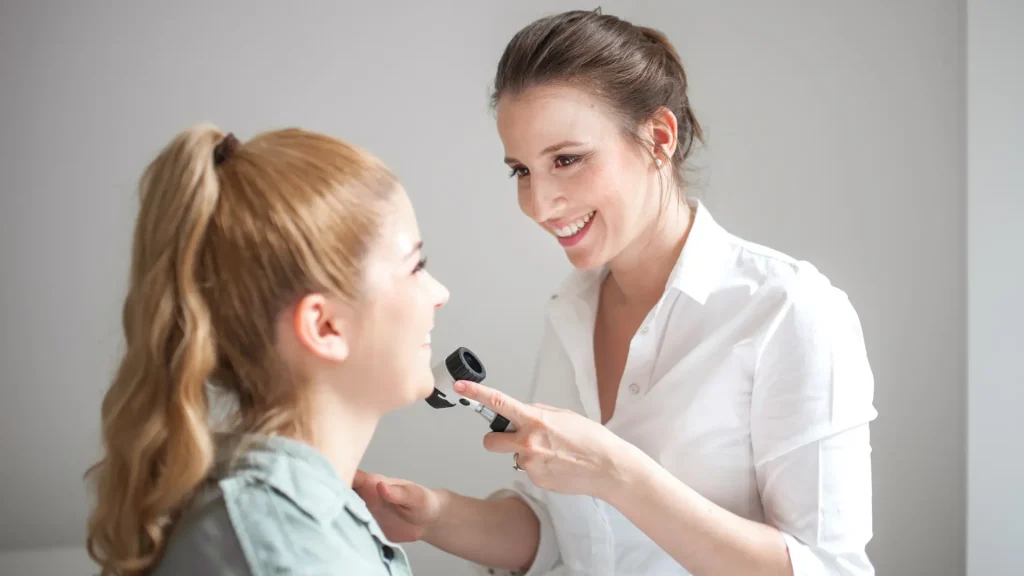
While studies comparing Restylane and Juvederm are unavailable, multiple research studies have shown the safety and efficacy of these injectables. Results like Restylane under eyes before and after and online testimonials from Juvederm patients have significantly improved patient concerns.
According to Li et al. (2017), their study showed the safety and effectiveness of Juvederm Ultra Plus for correcting severe nasolabial folds. Ballin et al. (2013) revealed that Juvederm with pre-incorporated lidocaine is associated with significantly less injection pain than a non-lidocaine hyaluronic acid (HA) gel formulation.
Meanwhile, Hu et al. (2022), Restylane HA fillers had an excellent therapeutic effect on the correction of nasolabial folds and had a more prolonged effect. According to RealSelf, Restylane injectables have a high 89% patient satisfaction based on user reviews.
Juvederm treatments got an average of 90% of patient reviews from the experiences of RealSelf users. Furthermore, the effectiveness of both fillers varies by individual factors such as skin type, treatment area, and patient’s age.
Pros and Cons
Restylane and Juvederm are hyaluronic acid-based dermal fillers with advantages and potential drawbacks. It’s worth noting that Restylane and Juvederm injectables almost share the same pros when administered by healthcare providers. These HA fillers can deliver the following benefits to patients:
- Natural-Looking Results
- Overall Facial Rejuvenation
- Volumize, Enhance, and Smooth Facial Concerns
- Immediate Improvements
- Longer-Lasting Outcomes
Medical professionals know that these injections can cause potential side effects and must adequately discuss them with patients. This allows them to make informed decisions for their treatments. However, these typical symptoms may resolve within a few days or weeks. The common side effects of Restylane and Juvederm are as follows:
- Restylane: Swelling, redness, pain, bruising, headache, tenderness, lump formation, itching at the injection site, and impaired hand function.
- Juvederm: Redness, swelling, pain, tenderness, firmness, lumps/bumps, bruising, discoloration, and itching.
Conclusion
Restylane and Juvederm are excellent choices for dermal fillers and are known for their safety and efficacy. These injectables offer significant volume, smooth texture, enhanced contours, and a versatile collection of fillers. Both are hyaluronic acid-based, a natural substance in the skin that attracts and retains moisture, making them safe and effective for aesthetic treatments.
Medical professionals can help patients choose between Restylane and Juvederm based on the specific treatment area, product used, and desired outcome. Both can deliver longer-lasting results, and their unique formulations allow them to provide optimal outcomes. Always consult a qualified professional to make the best decision for your needs.
FAQs
1. What are Restylane and Juvederm?
Restylane and Juvederm are US Food and Drug Administration-approved dermal fillers that utilize hyaluronic acid (HA) to treat signs of aging, such as wrinkles and fine lines.
2. How do Restylane and Juvederm differ in formulation and composition?
Restylane uses a clear gel HA formulation with patented technologies like non-animal stabilized hyaluronic acid (NASHA) and XpresHAn. At the same time, Juvederm utilizes a modified form of HA and Vycross Technology to crosslink the HA molecules in its fillers.
3. What are the treatment indications for Restylane and Juvederm?
Restylane and Juvederm offer different formulations tailored for specific areas such as lips, cheeks, and nasolabial folds to address various aesthetic concerns, including wrinkles, volume loss, and facial contouring.
References
- American Society of Plastic Surgeons. (2023). The American Society of Plastic Surgeons ® Procedural Statistics Data Insights Partners: 2022 ASPS Procedural Statistics Release. American Society of Plastic Surgeons. https://www.plasticsurgery.org/documents/News/Statistics/2022/plastic-surgery-statistics-report-2022.pdf
- Hu, Y., Liu, Z., Wang, Y., Yu, Q., Gong, Y., Diao, H., Jin, Y., Zhang, S., & Shi, Y. (2022). Efficacy and safety of two hyaluronic acid fillers with different injection depths for the correction of moderate-to-severe nasolabial folds: A 52-week, prospective, randomized, double-blinded study in a Chinese population. Journal of cosmetic dermatology, 21(3), 940–948. https://doi.org/10.1111/jocd.14744
Clinical aesthetics products refer to a category of products used in the field of medical aesthetics or cosmetic dermatology. These products are typically designed and formulated to be used under the supervision of healthcare professionals, such as dermatologists, plastic surgeons, or trained aestheticians. They are distinct from over-the-counter cosmetics in that they often contain active ingredients or formulations that require expertise in their application or administration.
Examples of clinical aesthetics products include:
-
Dermal Fillers: Injectable substances used to add volume, smooth wrinkles, and enhance facial contours. Examples include hyaluronic acid fillers like Juvederm and Restylane.
-
Botulinum Toxin (Botox): Injectables that temporarily paralyze facial muscles to reduce the appearance of wrinkles caused by repetitive movements, such as frown lines and crow's feet.
-
Chemical Peels: Solutions applied to the skin to exfoliate and improve its texture. They can treat acne, pigmentation issues, and signs of aging.
-
Laser and Light Therapies: Devices that emit focused light or laser energy to treat various skin conditions, including acne, scars, and signs of aging.
-
Prescription Skincare Products: Formulations containing active ingredients like retinoids (vitamin A derivatives), hydroquinone, or prescription-strength antioxidants to address specific skin concerns under medical supervision.


